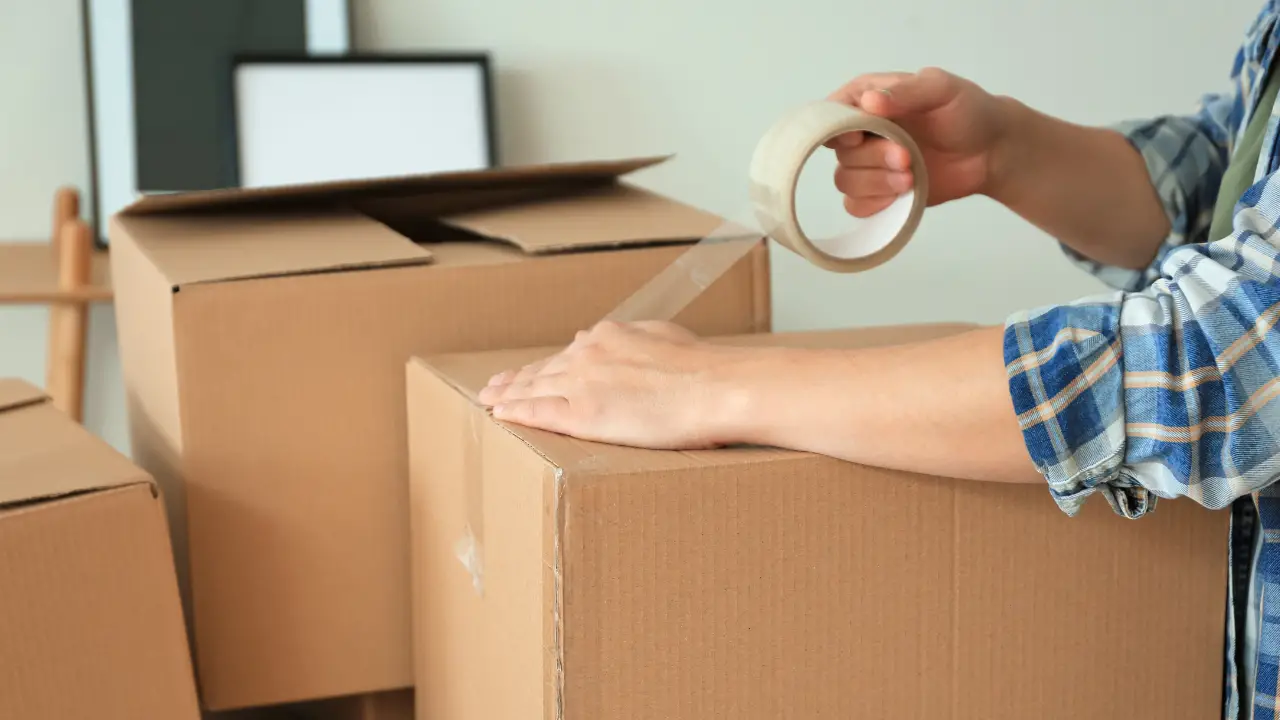10 Packing Tips for a Smooth Move

Moving to a new home can be an exciting yet daunting experience. The process of packing up your belongings, ensuring everything is organized, and transporting them safely requires careful planning and execution. To help make your move as stress-free as possible, we’ve compiled a list of ten essential packing tips. These tips will not only help you stay organized but also ensure that your items arrive at your new home in excellent condition.
1. Start Early and Create a Plan
Begin your packing process well in advance of your moving date. Starting early allows you to pace yourself and avoid the last-minute rush, which can lead to mistakes and oversight. It’s important to create a packing plan, outlining which rooms or items to tackle first. By breaking down the task into manageable sections, you can focus on one area at a time and ensure everything is packed with care.
Additionally, use a checklist to keep track of your progress and what still needs to be done. This organized approach will help you stay on top of things and reduce the likelihood of forgetting important items. Moreover, starting early gives you the opportunity to sort through your belongings and decide what to keep, donate, or discard, which can significantly reduce the amount of stuff you need to move.
2. Gather All Necessary Packing Supplies
Before you begin packing, gather all the necessary supplies. You will need sturdy boxes, packing tape, bubble wrap, packing paper, and markers. Make sure you have a variety of box sizes to accommodate different items, and don’t forget specialty boxes for fragile or awkwardly shaped objects.
Having all your supplies on hand will save you time and prevent interruptions during the packing process. It’s also advisable to have more supplies than you think you’ll need, as running out of materials can be inconvenient and stressful. For extra protection, consider purchasing mattress covers, furniture pads, and plastic wrap for large items.
3. Label Your Boxes Clearly
Clearly labeling your boxes is crucial for an organized move. As you pack, write down the contents of each box and the room it belongs to. This will make unpacking much easier and help the movers place the boxes in the correct rooms at your new home. Use markers or colored labels to differentiate between rooms or categories.
Additionally, mark boxes containing fragile items with “Fragile” or “Handle with Care” to ensure they are treated appropriately during the move. It’s also helpful to note if certain boxes contain essentials that you will need immediately, such as toiletries, kitchen items, or bedding, so you can access them easily upon arrival.
4. Pack Room by Room
Packing room by room is an efficient and organized way to approach the task. Focus on one room at a time, and start with the least used areas, such as the attic, basement, or spare rooms. This method helps you keep items from the same area together, making it easier to unpack and settle into your new home.
Furthermore, packing room by room allows you to stay organized and avoid mixing items from different parts of the house, which can be confusing during unpacking. This approach also gives you a clear sense of progress as you complete one room and move on to the next, keeping you motivated throughout the process.
5. Use the Right Size Boxes
Using the appropriate size boxes for different items is essential to ensure their safety and make the most of your packing space. Heavy items like books should be packed in smaller boxes to prevent them from becoming too heavy and difficult to lift. Conversely, lighter items such as linens and pillows can go in larger boxes.
Additionally, avoid overpacking boxes, as this can cause them to break or become difficult to move. Conversely, underpacking can lead to items shifting during transport, increasing the risk of damage. Fill any empty spaces in boxes with packing paper or bubble wrap to keep items secure.
6. Protect Fragile Items with Extra Care
Fragile items require special attention to ensure they arrive at your new home intact. Use bubble wrap, packing paper, or even towels and blankets to wrap delicate items like glassware, dishes, and electronics. It’s important to pack these items securely and avoid leaving empty spaces in the boxes, which can cause items to move and potentially break during transit.
Label these boxes as fragile and ensure they are placed on top of heavier boxes in the moving truck. Additionally, consider using double-walled boxes for extra protection. For valuable or irreplaceable items, you may want to transport them yourself rather than entrusting them to the movers.
7. Keep Important Documents and Valuables Separate
During the moving process, it’s easy for important documents and valuables to get lost or misplaced. To prevent this, keep items such as passports, birth certificates, financial documents, and jewelry in a separate, secure box or bag. Carry this with you rather than packing it with the rest of your belongings.
Furthermore, make digital copies of important documents and store them securely online or on a USB drive. This provides an additional layer of security and ensures you have access to essential information in case of loss or damage. Keeping these items separate and in your possession gives you peace of mind during the move.
8. Take Photos of Electronics Setup
Before disconnecting your electronics, take photos of the setup, including the wiring and connections. This simple step can save you a lot of time and frustration when setting up your electronics in your new home. Knowing how everything was connected can make reassembly much easier, especially for complex systems like home theaters or computer setups.
Additionally, keep all cables, remotes, and small components together in labeled bags to avoid losing them. Packing electronics in their original boxes, if available, provides the best protection, but if not, use sturdy boxes and plenty of padding to prevent damage during transport.
9. Pack an Essentials Box
An essentials box is a lifesaver during the first few days in your new home. Pack this box with items you’ll need immediately, such as toiletries, a change of clothes, basic kitchen supplies, medications, and important documents. Label it clearly and keep it easily accessible.
Having an essentials box ensures you have everything you need without having to dig through all your boxes. It can also include snacks, basic tools, and cleaning supplies, which can be extremely helpful as you start settling in and organizing your new space.
10. Don’t Overload Boxes
Overloading boxes can lead to a range of issues, from boxes breaking to injuries from lifting. To prevent this, keep boxes to a manageable weight, ideally under 50 pounds. This not only makes them easier to carry but also reduces the risk of damage to the items inside.
In addition, distribute the weight evenly in each box and use smaller boxes for heavier items. This makes stacking and transporting the boxes more straightforward and safer. If you have particularly heavy items, consider using dollies or asking for help to avoid straining yourself.
By following these ten packing tips, you can ensure a more organized and less stressful move. Remember to start early, stay organized, and protect your belongings throughout the process. With careful planning and attention to detail, your move can be a smooth and successful transition to your new home.






